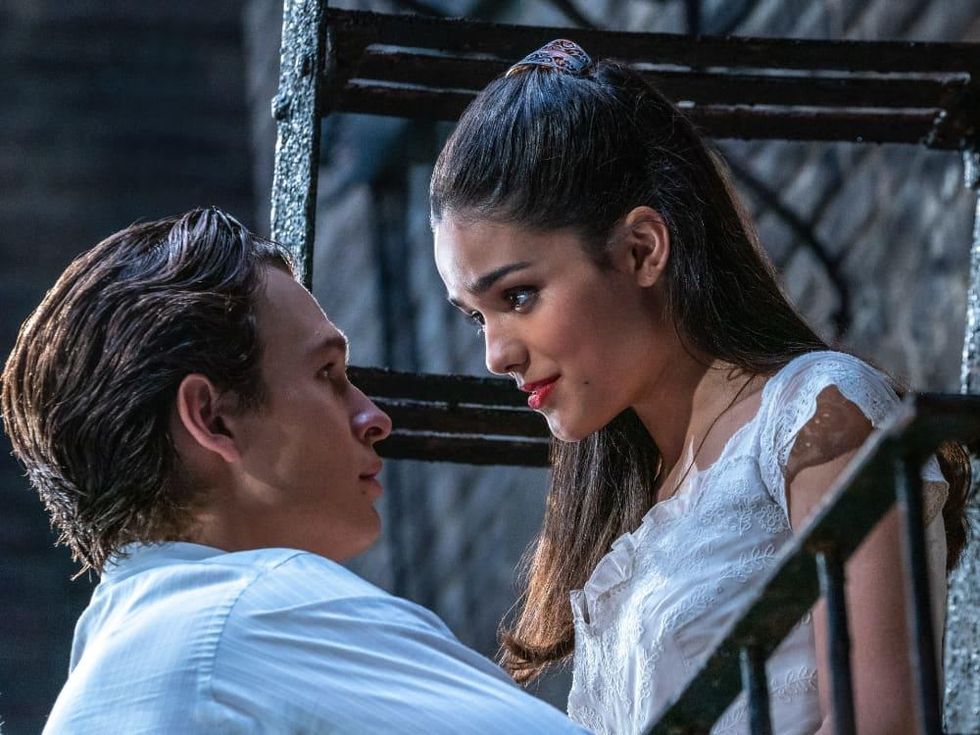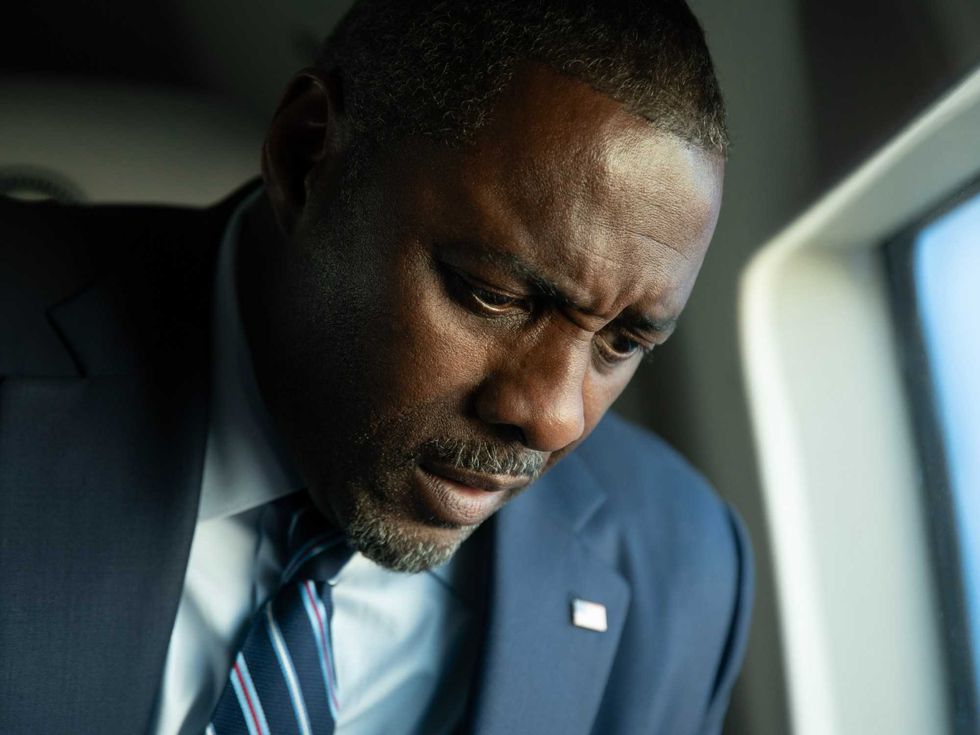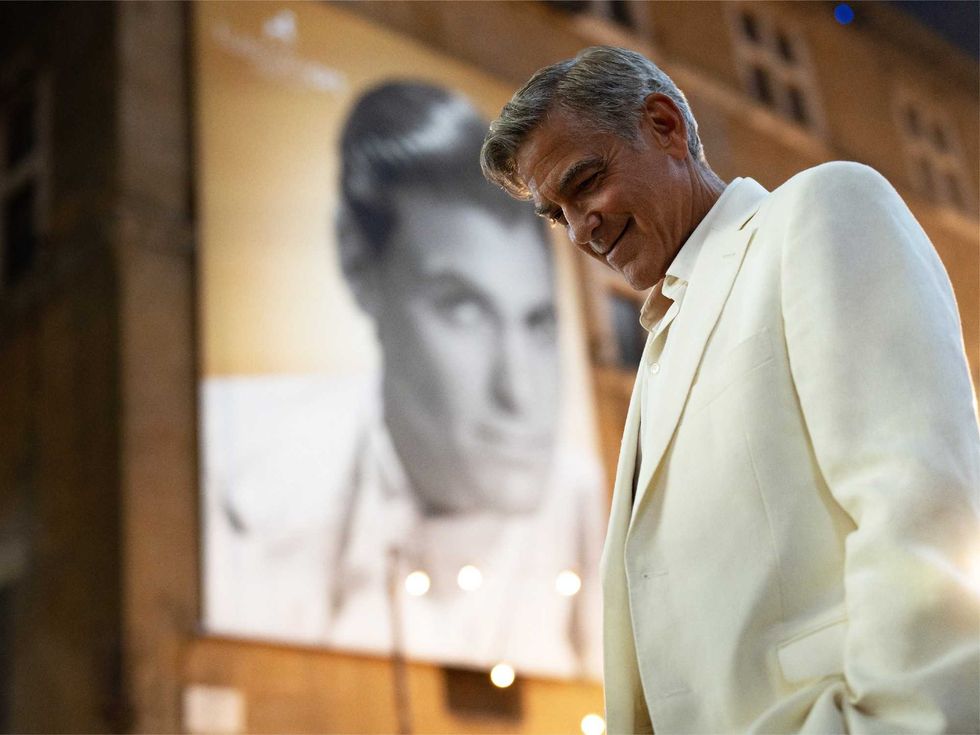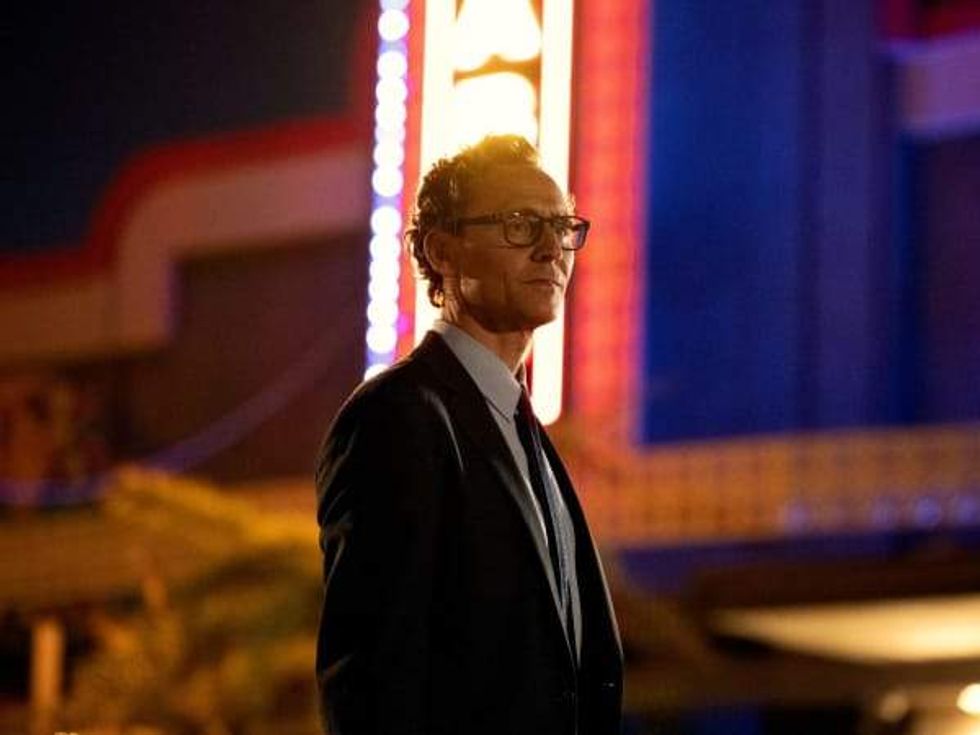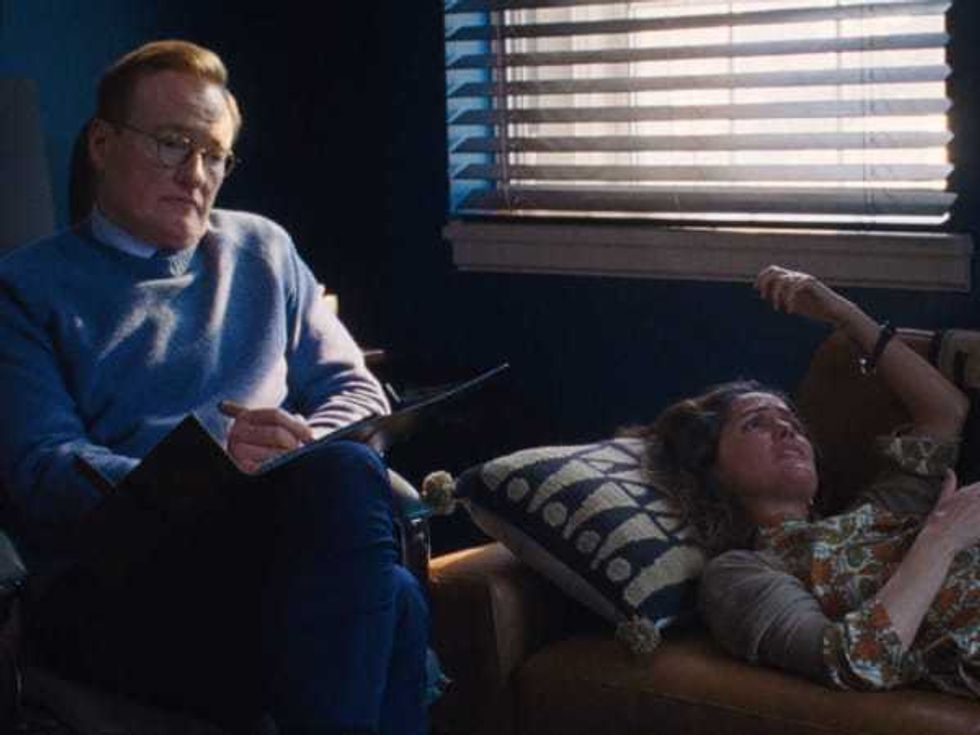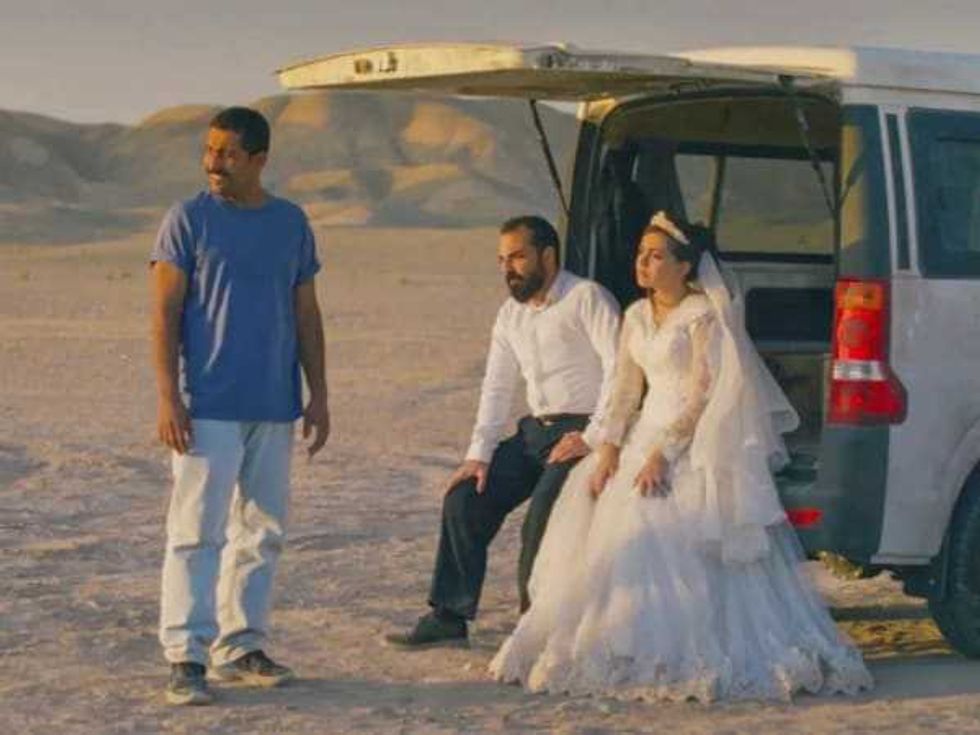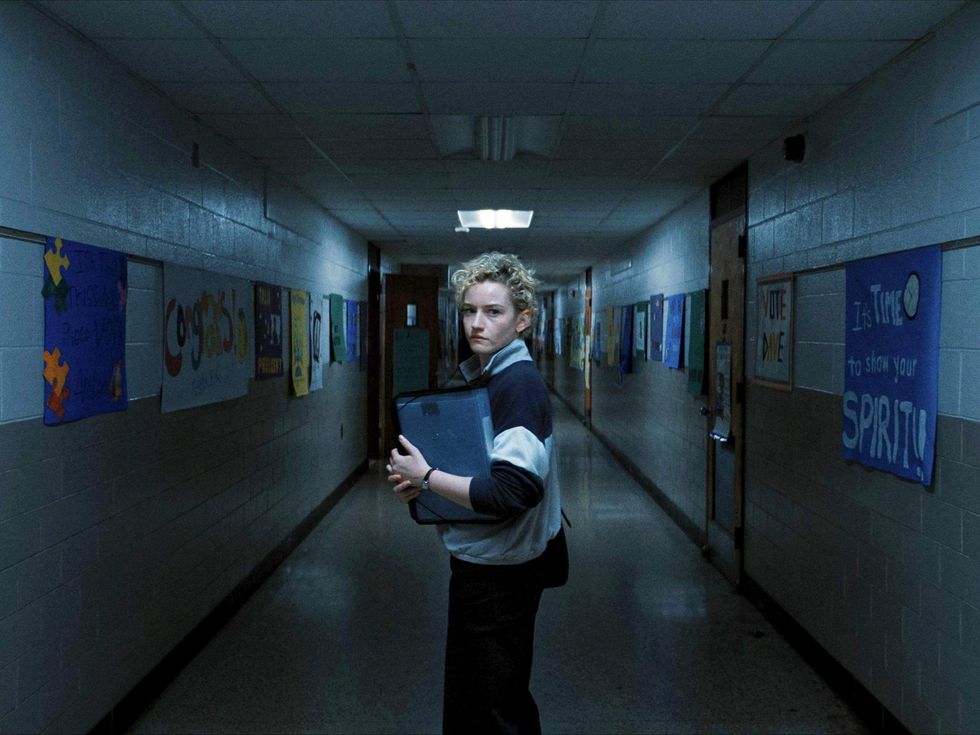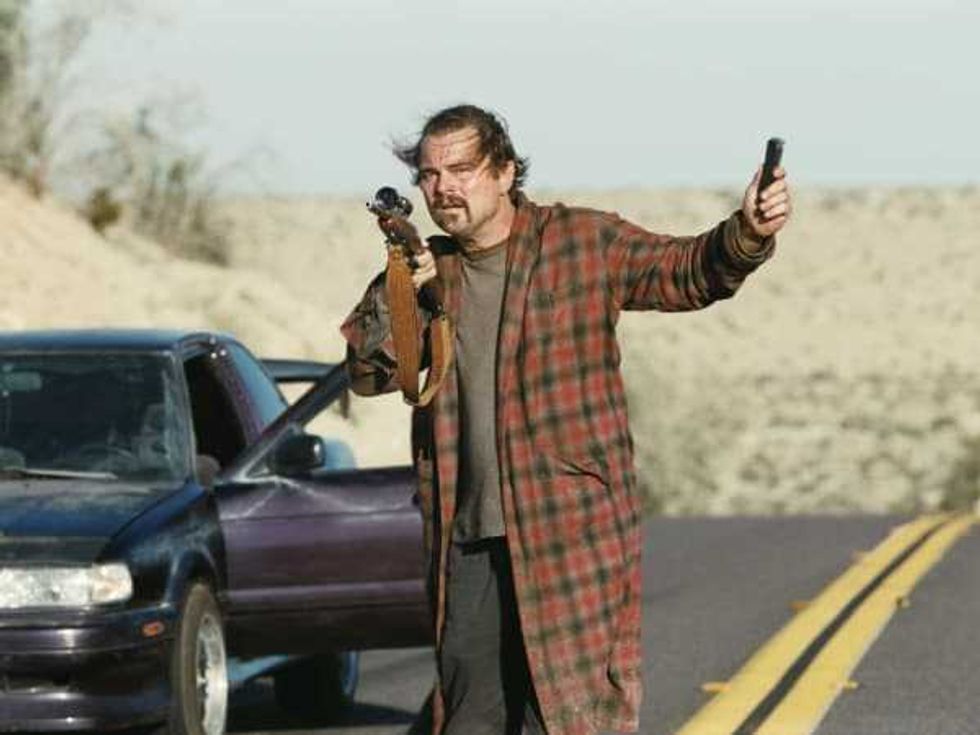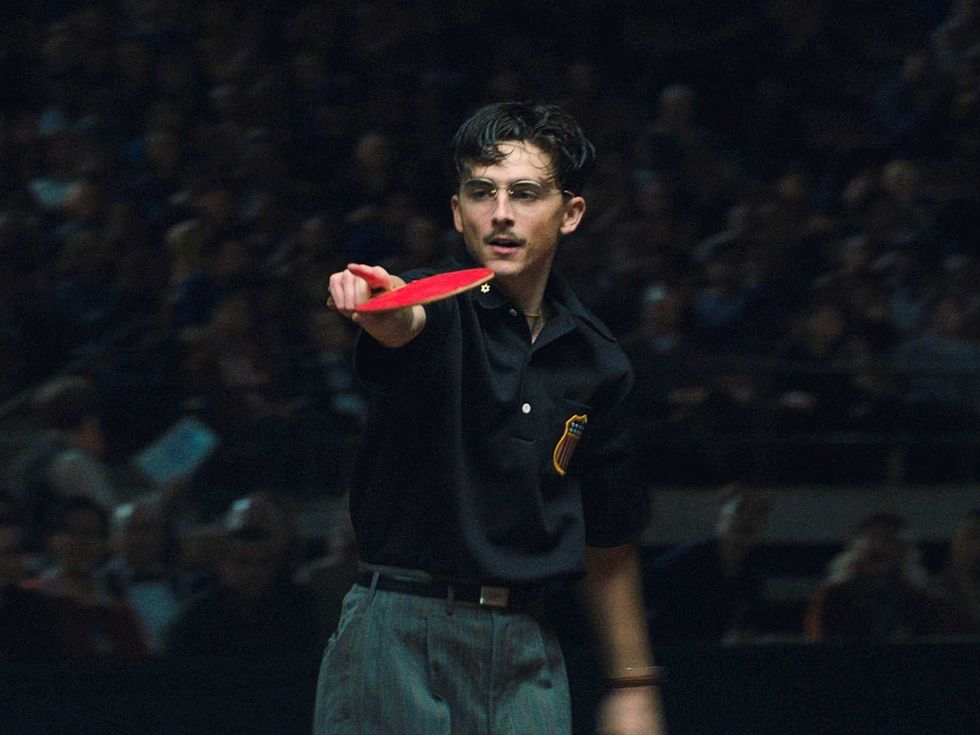Movie Review
Sensational West Side Story is updated in all the right ways by Steven Spielberg
Normally, remaking a film that won 10 Academy Awards, including Best Picture, would be sacrilegious. But in the case of West Side Story, there is plenty a modern production could do to improve upon the 60-year-old film, starting with the decision to darken the skin of multiple actors, including, of all people, Rita Moreno. That racist choice is only one of numerous reasons that the original film is, to put it charitably, a relic of its time.
Director Steven Spielberg and writer Tony Kushner have updated the story in all the right ways while still paying homage to the classic. Ansel Elgort and Rachel Zegler play the star-crossed lovers Tony and Maria, who meet by chance one night at a school dance. Tony is a former leader of the Jets, a gang — now led by best friend Riff (Mike Faist) — which is constantly at odds with the Sharks, a Puerto Rican gang led by Maria’s brother, Bernardo (David Alvarez).
The connection between Tony and Maria raises the already-high tensions between the two gangs, leading to a planned rumble that will have bad consequences for both sides. All the while, Tony and Maria continue to meet in secret, hoping that their growing love for each other will be enough to sustain them through all of the ugliness surrounding them.
The changes Spielberg and Kushner make start right from the beginning, where a sign advertising impending changes to the gangs’ Manhattan neighborhood in the late 1950s indicate deeper pressures on both groups. The story only improves from there, as the filmmakers flesh out the stories of the main characters so that they become full, three-dimensional people instead of just a means to sing the songs of composer Leonard Bernstein and recently-departed lyricist Stephen Sondheim.
Speaking of those songs, the handling of the 12 numbers is nothing short of revelatory. The filmmakers changed the order of the songs and the perspective of people singing some of them, modifications that give the story a depth the first film did not try to achieve. Even the film’s lone musical misstep, a tonally odd placement of Maria singing “I Feel Pretty,” underscores the lengths Spielberg, Kushner, and their team went to distinguish their version of the film from the original.
There are numerous other ways that this version is different, but the most notable among them is how it uses its Latino cast. Instead of having them speak solely in English, the characters move back and forth between Spanish and English depending on what each scene requires of them. Not only that, none of the Spanish comes with subtitles, leaving those without an understanding of the language to rely on the tone of the dialogue to comprehend what the characters are trying to say, a bold but inspired choice.
The film is a stunner visually, as well. Working with longtime cinematographer Janusz Kaminski, Spielberg takes us into a landscape that appears to be a mixture between sets, real New York locations, and computer-generated buildings. The two filmmakers create a number of instantly iconic shots, and — just like in In the Heights earlier this year — give the film a real sense of place that enhances the characters and their feelings.
The cast is great across the board. Elgort has received mixed reviews for his acting ability previously, but this role just might change how people think about him. Zegler, making her professional debut, more than does the part justice, especially with her singing. Faist, Alvarez, Ariana DeBose, Josh Andres Rivera, and Rita Moreno all bring a complexity to their respective performances that makes their roles shine.
The original West Side Story was a sensation during its era, and this new version deserves to be equally celebrated. And Spielberg, 50 years after his first feature film, shows that he still has what it takes to be considered a master filmmaker.
---
West Side Story opens in theaters on December 10.

